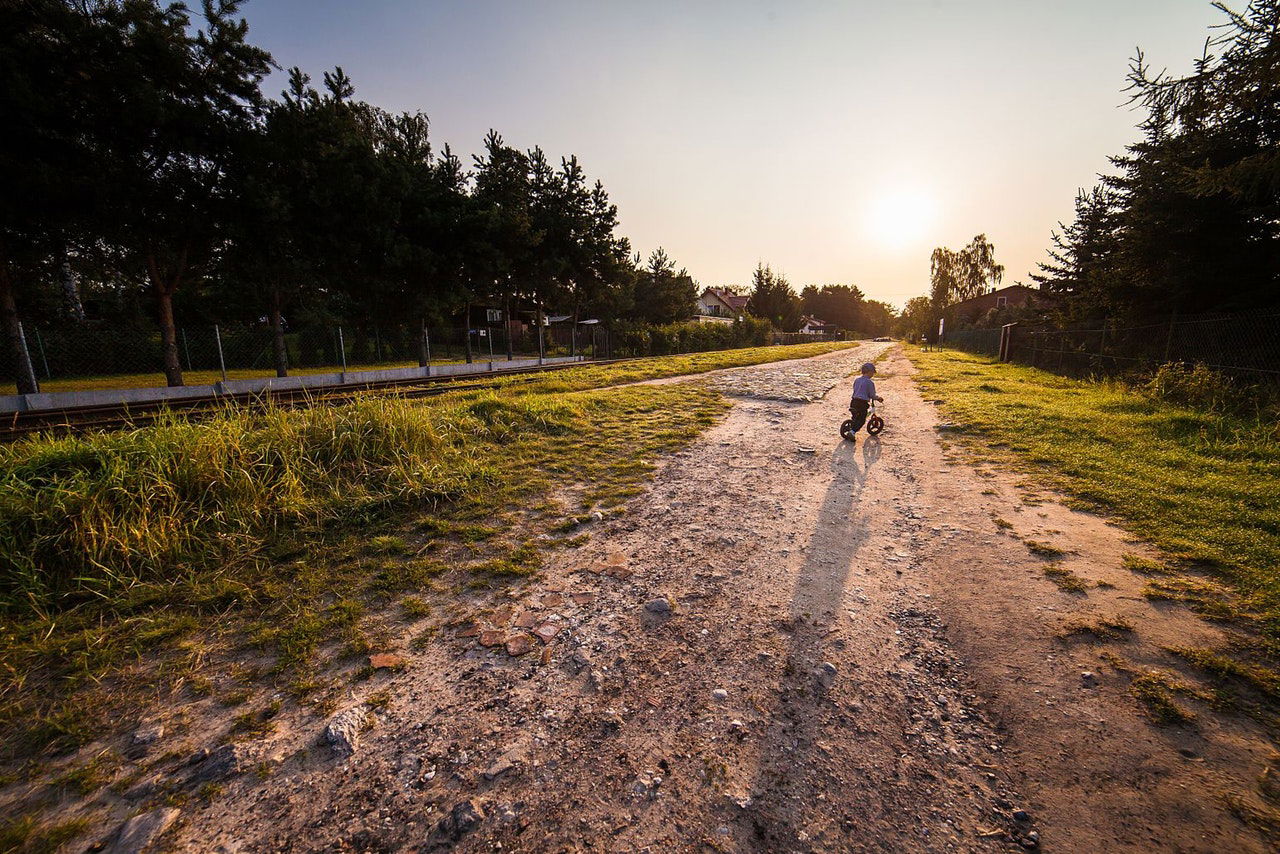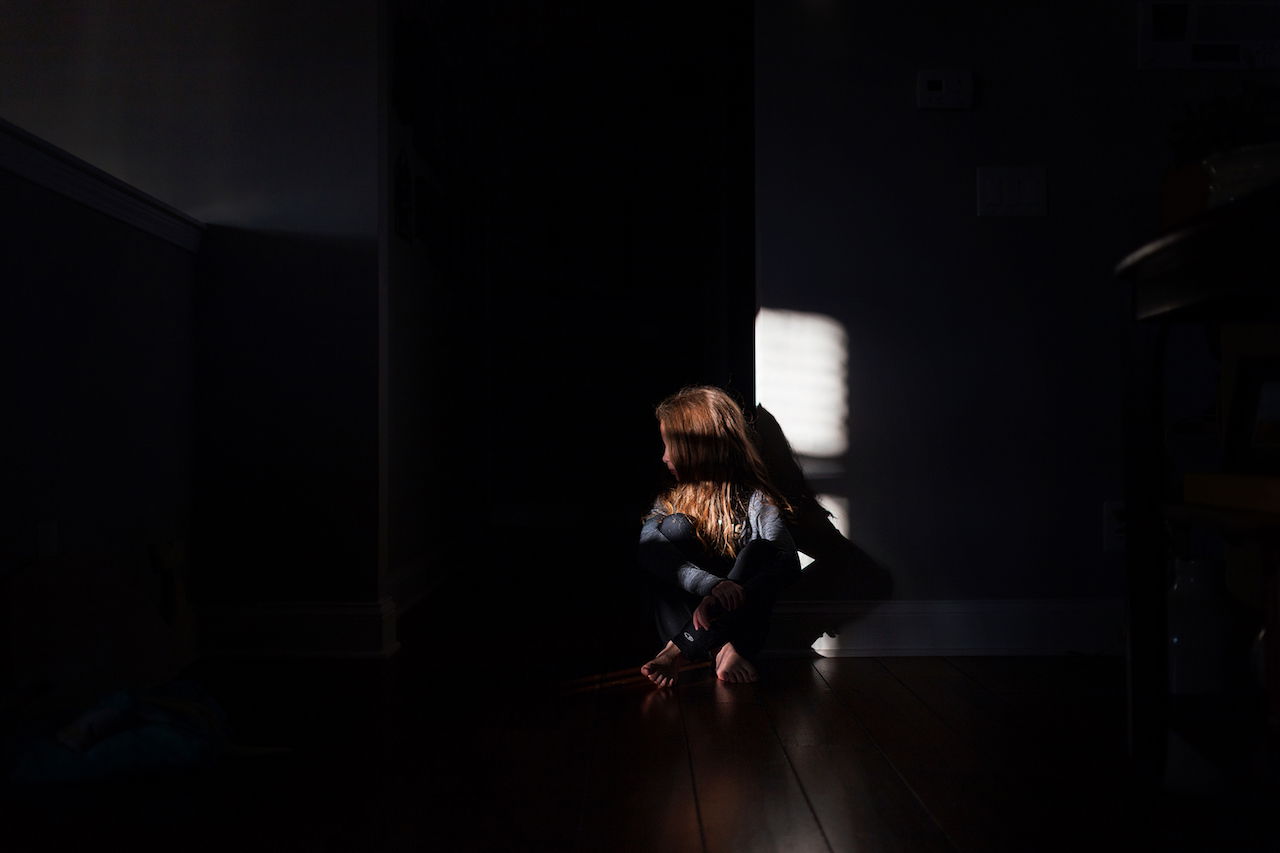Highlights
- The transitional character carries a heavy burden as overcoming generations of toxic and dysfunctional family patterns is no easy feat. Post This
- Mothers with a childhood history of being maltreated or abused were more likely to abuse or neglect their own children. Post This
- How might promoting stable and committed marriage along with family life education reduce not only abuse but poverty, unemployment, and even crime? Post This
My (Savannah's) mom was raised by two abusive parents. Unfortunately, her own parents (my grandparents) were also victims of abuse and neglect in their own upbringing. This is what likely led to toxic parenting strategies when it came to raising my mom and her siblings.
My mom and her siblings were expected to be seen and not heard in many ways: at the dinner table, in the car, and generally existing in the house, especially when my grandpa was around. They always had a sense of when their dad was in a particularly bad mood and often felt they had to look out for themselves, rather than each other. In other words, survival of the fittest.
Toxic Traditions (Intergenerational Abuse)
The U.S. Department of Health & Human Services Children’s Bureau reported in their 2021 census that 588,229 children were victims of maltreatment or some form of abuse. That equates to 8.1 victims per 1,000 children. Sadly, the vast majority of the abuse and maltreatment (76.8%) these children experience is coming from the parents themselves, as was the case with my own mother.
But why would some parents mistreat or abuse their own children? The answer may be found in what experts have called intergenerational abuse, defined as abuse that passes through generations of families. This repeated cycle of abuse is further evidenced in a study that showed mothers with a childhood history of being maltreated or abused were more likely to abuse or neglect their own children.
The Marriage Factor
It’s important to note here that although there are children who experience abuse within married families, this appears to be more rare than common. Another federal survey found the family structure with the lowest risk ratio for physical abuse is the intact married family. Family structure and family stability matter because human bonds, belonging, and commitment are more likely to matter in married families.
Child Abuse and Other Social Trends
Children in situations of maltreatment and abuse do not receive the proper nurturance needed for psychological development and thus grow into adults that cannot function normally within society. The journal Child Abuse and Neglect describes this phenomenon in another study that shows that individuals maltreated in childhood have a higher risk of impaired cognitive functioning and poor academic progression, in some cases completely dropping out of high school. These outcomes increase the likelihood of future unemployment and low socioeconomic status (SES). In other words, SES can be a notable risk factor in the perpetuation of abuse and neglect. Therefore, there is a clear correlation between intergenerational abuse and intergenerational poverty.
Additionally, as we consider the prevalence of child abuse in the United States and other countries throughout the world, it is apparent that the consequences of abuse are not confined to only the victim. For example, abuse in the family may be contributing to graduation, unemployment, and poverty rates. This begs the question: how might a reduction in child abuse–through preventative and reparative measures naturally improve other serious social problems? Taking this one step further, given the evidence showing lower rates of abuse amongst intact, married families when compared to other family structures, how might promoting stable and committed marriage along with family life education reduce not only abuse but poverty, unemployment, and even crime?
The Role of a Transitional Character
While it is difficult to understand every facet of intergenerational abuse, we know that children experience better outcomes when their parents prevent the abuse cycle from reaching them. This is indicated in a study published in the journal Child Maltreatment that showed that children of parents who broke the cycle were essentially buffered from risk of mental disorders or issues—in spite of the parent’s history of abuse or neglect in childhood. As these children grew, they continued their parent’s efforts to change.
Victims of intergenerational abuse who break the cycle are known as transitional characters. They are ones who have changed the trajectory of their lineage because of their efforts to stop abuse from reaching the next generation. The transitional character carries a heavy burden as overcoming generations of toxic and dysfunctional family patterns is no easy feat. And while they won’t be able to break every “curse” passed down to them, the transitional character gives their children a better foundation in life so their daily efforts are not primarily focused on surviving, but thriving.
My (Savannah’s) mom is the transitional character of our family’s story. Despite the traumas she lived through as a child, she knew that things could be different when she met my dad and began raising a family. She saw the love and respect his family had for each other and wanted that for her future family. She began to recognize what intergenerational abuse had done to her and her siblings so she fought to end the cycle with her. Because of her courageous efforts, I grew up in a happy, loving home.
Because of her, I will never know the fear of getting on Mom or Dad’s bad side or the terror felt wondering when the next physical or verbal slap will be unleashed on me. I will never know what it is like to have a parent tell me I’m worthless or watch a sibling endure a punishment for something they didn’t do. I will never know the type of pain that my mom suffered at the hands of her own parents because she found a way to stop it. She found her way out of the abuse and married a man with the same goal of raising children in a loving home.
Preventing and Repairing Cases of Abuse
What influence might a transitional character’s efforts have on a societal level? Seeing that child abuse plays a role in lower graduation, unemployment, and poverty rates, we may find success in improving society’s most persistent issues when child abuse is first resolved.
Looking at my mom’s example, victims already in the abuse cycle will find strength in understanding that while the power to end abuse is often found within, this does not mean it can happen alone. Trustworthy resources in extended family, friends, or organizations such as the National Domestic Violence Hotline do well in being supportive outlets for victims. Going to therapy, removing contact with abusers (if necessary), and recognizing unhealthy patterns of coping are all useful strategies in combating the emotional and physical effects of abuse. These are necessary reparative measures that help lighten the load victims bear.
Though it may feel impossible, no one is destined for a life of abuse and its consequences without the hope of making it out. It is a long and hard road to travel, but just as my mom saw it, the journey is well worth it because our children deserve safe and happy families.










